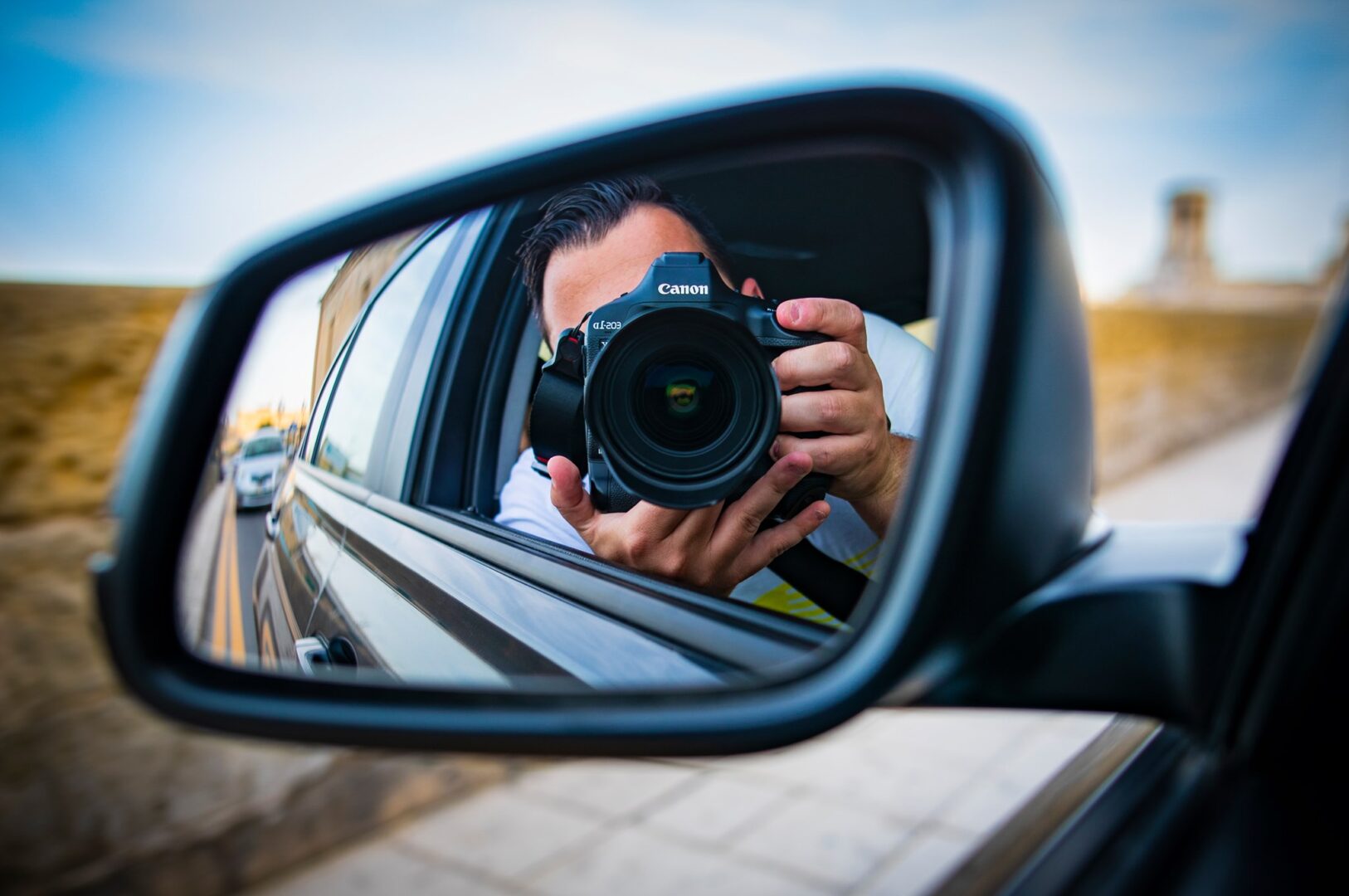Photography has a rich and fascinating history that spans centuries. It began with the invention of the camera obscura, a device that projected images onto surfaces, and evolved into the development of various photographic techniques. Here are some key milestones in the history of photography:
-
Early Experiments: In the early 19th century, inventors such as Joseph Nicéphore Niépce and Louis Daguerre made significant contributions to the development of photography. Niépce produced the first successful permanent photograph in 1826, while Daguerre invented the daguerreotype process, which created highly detailed images on metal plates.
-
Film and Portable Cameras: The introduction of the flexible film by George Eastman and the creation of the Kodak camera by Eastman’s company revolutionised photography. With the Kodak camera, photography became more accessible to the general public, leading to the popularisation of personal photography.
-
Colour Photography: In the mid-20th century, advancements in colour photography allowed photographers to capture images in vibrant hues. The introduction of colour film and the development of colour processing techniques expanded the creative possibilities of photography.
-
Digital Photography: The digital revolution in the late 20th century transformed the photography industry. Digital cameras and image sensors replaced traditional film, enabling instant image capture, manipulation, and storage. This led to the rise of digital photography as the dominant form of image creation and dissemination.
Types of Mostly Used Photography: In modern photography, various types and genres have emerged, catering to different purposes and artistic expressions. Some commonly used types of photography include:
-
Portrait Photography: Capturing the essence and personality of individuals or groups, portrait photography is widely used for personal and professional purposes, including corporate headshots, family portraits, and social media profiles.
-
Landscape Photography: Showcasing the beauty of natural landscapes, landscape photography captures breathtaking scenes of mountains, forests, seascapes, and more. It is often used for artistic displays, travel magazines, and promoting tourism.
-
Product photography: This type of photography focuses on capturing images of products for marketing and advertising purposes. It requires attention to detail, proper lighting, and composition to highlight the product’s features and appeal to potential customers.
-
Event Photography: Event photographers document special occasions such as weddings, conferences, trade shows, and corporate events. They capture candid moments, speakers, performances, and the overall atmosphere, creating a visual record of the event.
-
Food Photography: Food photography showcases delectable dishes, enticing viewers with visually appealing images. It is widely used by restaurants, food bloggers, and food-related businesses to promote their offerings and attract customers.
How Professional Photography Can Help Companies and Restaurants Professional photography plays a vital role in enhancing a company’s or restaurant’s brand image and marketing efforts. Here’s how it can benefit them:
-
Visual Appeal: High-quality professional photographs capture attention and create a positive first impression. They contribute to a company’s visual identity, portraying professionalism, quality, and attention to detail. For restaurants, appetising food photography can entice potential customers and showcase the culinary experience they offer.
-
Brand Storytelling: Professional photographers have the skills to convey a company’s story and values through visuals. They can capture the essence of a brand’s personality, creating a connection with the target audience. Through carefully composed images, photographers can evoke emotions, tell stories, and strengthen brand identity.
-
Marketing collateral: Professional photographs can be utilised in various marketing materials, both online and offline. They can enhance websites, social media posts, brochures, menus, advertisements, and other promotional materials. Eye-catching visuals increase engagement, drive traffic, and boost conversions.
-
Event Documentation: Professional event photography preserves memories and showcases the success of your special event.


